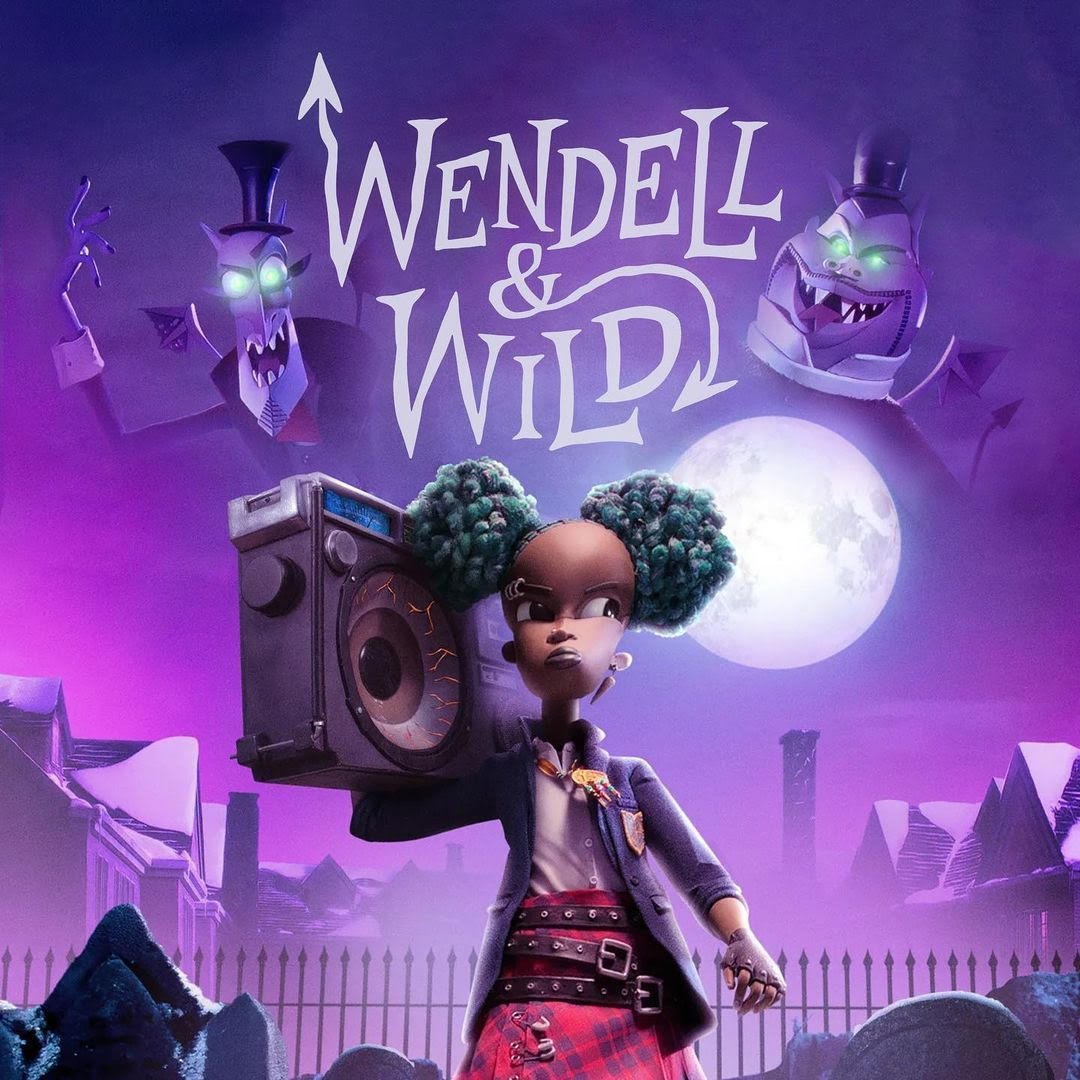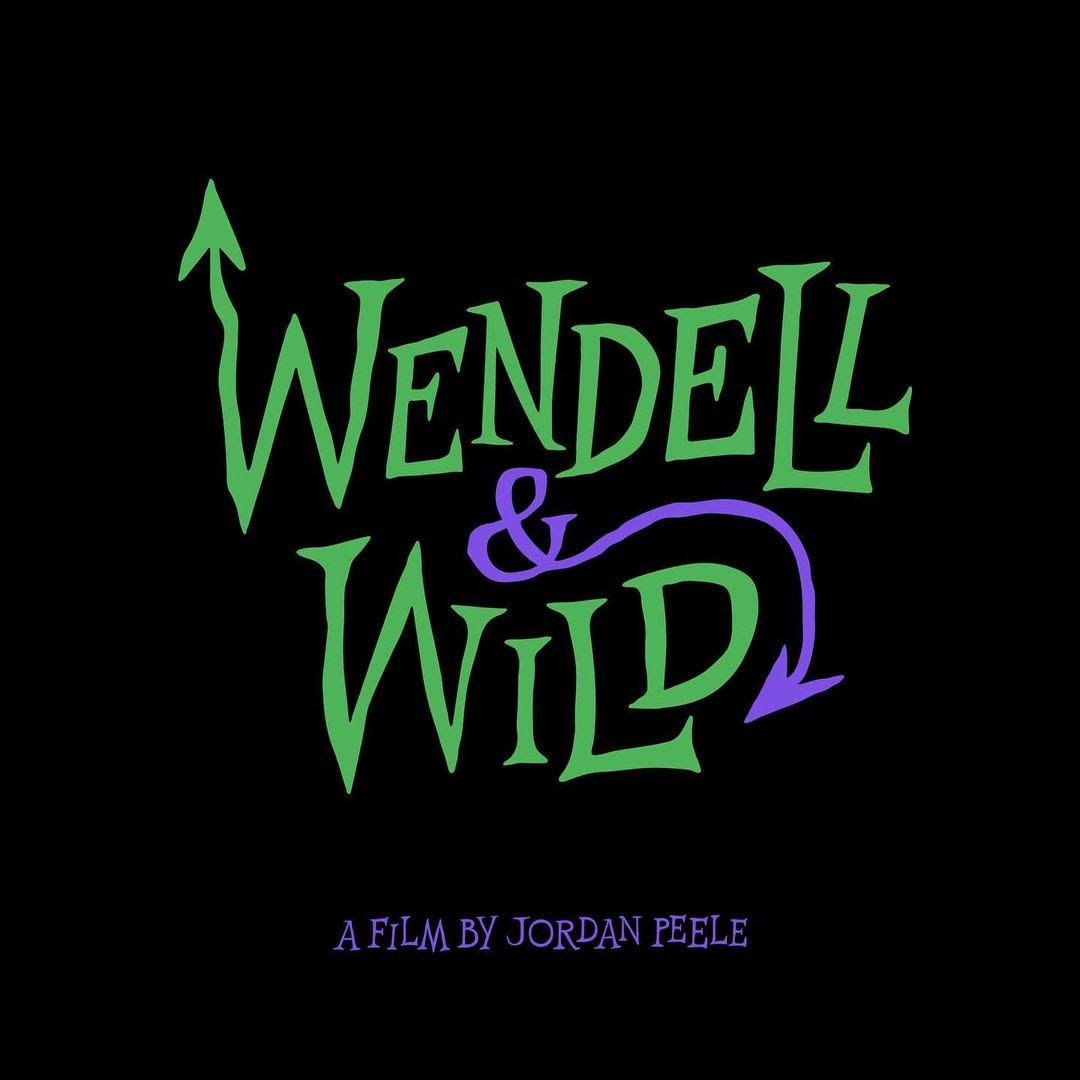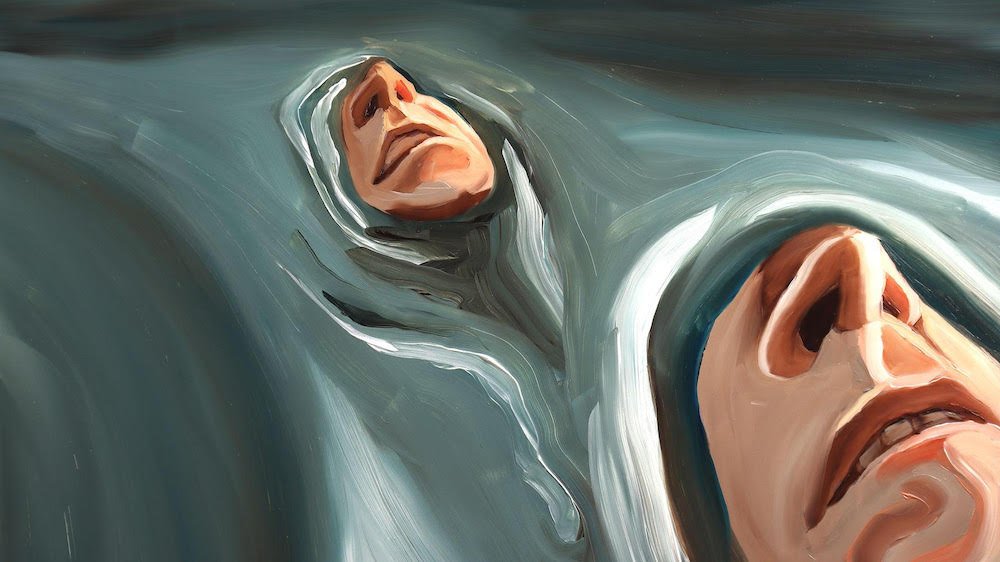Chris Page: Creativity is About the Future
TBM Group owner Chris Page is always thinking ahead. Images: c/o TBM Group
TBM Group owner Chris Page is anti-nostalgic. “If you are a creative, you have to always be forward thinking,” he says. “I never yearn for anything that happened before.” He recently overheard some guys talking about the good old days of advertising and responded, “Come on guys, you know it was corrupt.”
Now in his mid 50s, Page is intrigued by what he doesn’t know and fascinated to find out how it works. “I always say, this is how our business runs today, but that’s not necessarily how it will run tomorrow.” Recently, the London-based Page made the decision to rebrand his ventures, the animation and illustration company Jelly and storyboarding and scribing company Think Artfully (formerly Three Blind Mice) into the global creative collective TBM Group to offer a full-service production solution for brands. The biggest change he wants to make, however, is to diversify the demographics of the creative industry.
Here, Page shares his inspiration for change, from opening the creative industry to more people to evolving his business approach to embracing news tools (so the tech bros don’t take them over).
Lettering artist Lebassis was commissioned to create the title design for Henry Selick and Jordan Peeles's new Netflix film Wendell & Wild.
How and why are you trying to change the demographics of the creative industry?
You might not be able to draw or design, but there is more than one route into the creative business. We are doing outreach and going into schools and colleges saying, “Here’s a pretty picture and here are the people who helped make that happen. Here is a TV campaign and here are the producers, product managers, and accountants behind it. All these different jobs exist within this industry that you don't know about or haven't heard of.”
What’s an example of how this has worked so far?
One of our charity partners (ROK) approached us last year and asked us to design its logo. We decided to do it by running a competition and we opened it up to the children and teenagers that they supported. And a 15-year-old girl won it. (We polished the logo design a little and finished it off). ROK did a big awards ceremony and we will now mentor her and she will intern with us. We got to meet some brilliant new kids in this and she now has a potential career.
How will you judge that your efforts paid off?
The creative industry is huge, and the first thing you have to recognize is that you can only change what you touch. For me, if some of the people that we mentor, talk to at schools, and work with on other charities do well in our industry, then that will be success.
TBM Group is now a 75% female staffed business; that is one of the best things we’ve done. I don't want to sit in a room talking to students where we're all the same color. You know, I got thrown out of art college and only did one year. Then I was asked to lead, so I never got through college. I kind of have that in me I suppose, that I made a go of it. But I was a white male, and I was able to use that to my advantage. There are many more stepping stones to people out there who are very talented. That’s where my energy will end up going eventually.
You’ve launched multiple ventures over the years–Three Blind Mice and Jelly–and you’ve now organized them into the global collective of creative businesses, TBM Group. What was your first business? And why did you add a second?
The first one was Three Blind Mice. We came up with a name that people would not forget and we made it ironic because we were in a visual business. It was just two of us, Andy, my business partner at the time, and me. I went out and got the work and Andy then did the work. It was a simple arrangement!
We started by doing bits of typesetting, illustration, and design, helping ad agencies fill in the gaps that they didn't have. Then we found ourselves specializing in visualizing, animatics and concept art, so pre-production, I guess.
We were young and we had that us-against-them mentality at the time with a little band of artists, and we all worked together and worked hard. Then we started doing design, illustration, and animation production work, but when I went back to our main client agency base, I saw they were surrounded by specialists, and they thought in silos. They saw me as the visualization guy, even though we could now do all this other stuff as well.
So I had someone who worked for me at the time, Charlie, who was looking for a change, and I said, Let’s start another studio. We won’t tell anybody it has anything to do with Three Blind Mice.
How did that work?
I went behind the big green curtain and Charlie came out as the person who led this new start-up that did animation and illustration. We had illustrators who could animate and animators who could illustrate, because at that time that was siloed as well. A new wave of talent that had more digital skills. Charlie went off and pushed Jelly, and we pretended that Three Blind Mice had nothing to do with it. After a couple of years, I came out from behind the curtain and let people know I was there the whole time.
Even though it was technically the same people, you had client relationships with Three Blind Mice but not with Jelly. How did you build a “new” client base?
It was tricky. It's difficult to start in an established market because people want to work with people that they have relationships with already, so we had to break those relationships down to get work.
What you normally do is find peers that recognize you have the same outlook, and even though you are working on the other side of the divide, you make eye contact and say, ‘Do you think we can work together?’. If you can hang in there, they get promoted and that junior producer eventually becomes Head of Production and suddenly you have relationships higher up within the hierarchy of that agency. Deliver something for them at their junior level and let that relationship develop over a couple of years. All of a sudden they'll be in charge of bigger budgets and now you have that relationship. The point is to have the kinds of relationships where clients think of you before their idea is fully formed. They have been given a problem or challenge and they want you involved as early as possible.
One of 1,300 individual oil paintings combined to create the animation for The Beatles I'm Only Sleeping music video, which flows dreamlike through the song exploring the space between consciousness and sleep.
What are some hallmarks of running successful businesses over many years?
You need a good accountant. I’ve had a good finance director from day one who has prevented me from making huge business errors. If you're setting up a creative business and there is no one in the room who knows anything about money, you're in big trouble. Get someone who understands how business works. That goes for seeking outside advice whenever you need it. You can’t solve every problem yourself, so find someone who knows about that stuff and listen to it.
Back To Cool! CGI Director Eva Cremers created a mixed media campaign for Polish shoe retailer, CCC.
People on your teams have been with you for a long time. What do you look for when you hire people?
When I interview people, a lot of it is instinct. I don’t look at people and immediately wonder, how brilliant is this person? Pretty much everyone that you interview, once they get to a certain stage, is good at what they do. It’s more, can I work with and get a tune out of that person?
How do you view and nurture their career growth?
We represent talent, so we’ve got a duty of care for our clients and a duty of care for our talent, and if you represent talent, they are actually half of your clients, it’s important to always remember that. Staff-wise, there are fantastic people who have worked for me in the past that I've hung on to for as long as possible, even though we are a small business. We are always talking to our people asking them what they want to do next, and how we can help that to happen. It's all about positive change. You need to have an effect on people. Otherwise, you're just paying wages.
What excites or concerns you when you look into the future?
One thing that concerns me is the careless use of technology by people who don't understand art. Technology in the hands of artists when you're producing art is a fantastic thing. If you're just producing art to create money without understanding the art, that's a dangerous thing. For example, there is a positive side to NFTs: In an ideal world an artist creates and controls the entire pipeline of how they make and sell their art. The negative side of that is, that's not how it's working yet.
How do you feel about Generative AI?
The fact that you can create a piece of art from some word prompts is mind blowing. While it won't replace illustrators or artists, there will be sections of the process and concepts that may fall by the wayside fairly soon. I believe though that the more artists embrace this technology, the more we can control the outcome. What will happen if you don’t engage with it? The tech bros will control the outcome. We need to get involved, educate them and affect the future of it.
If you’d like to read more from The Creative Factor, sign up for our newsletter.
Plus, check out the following pieces:





